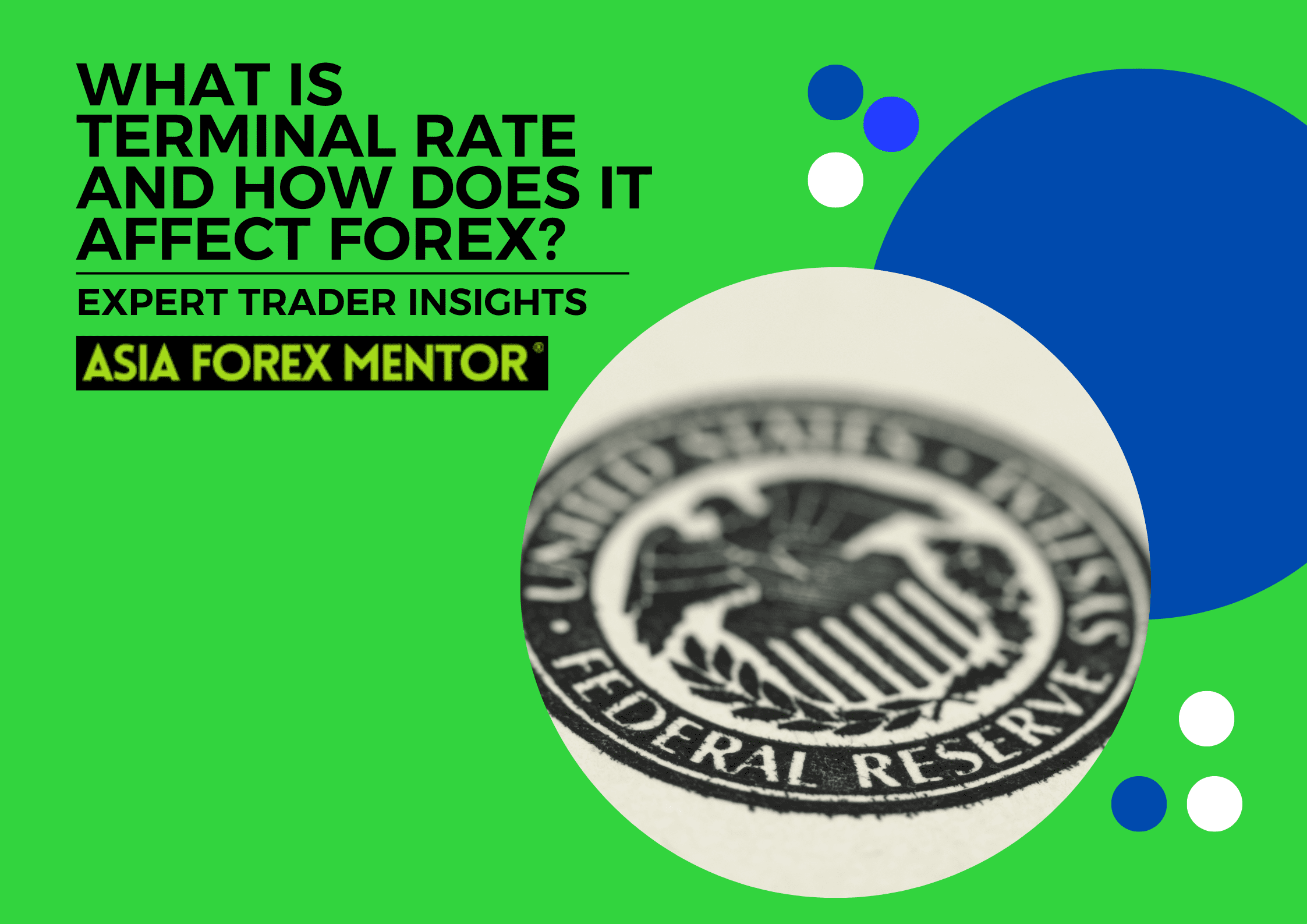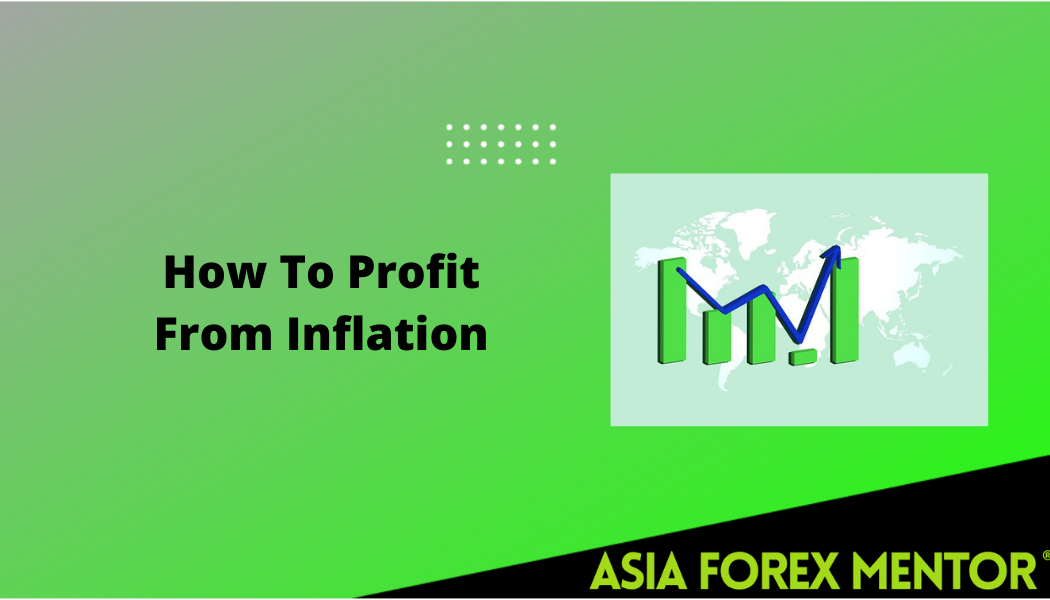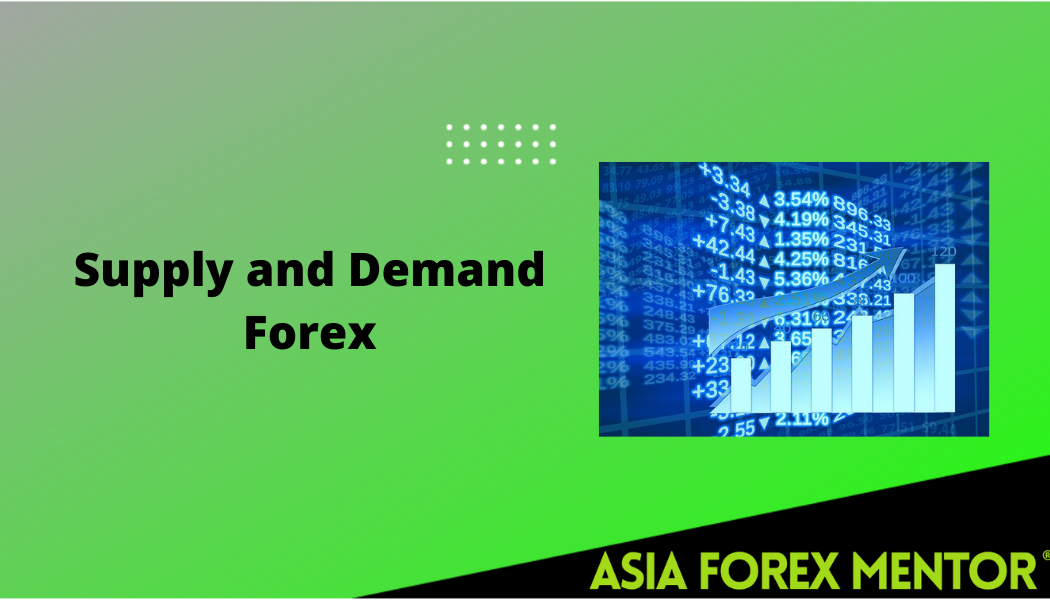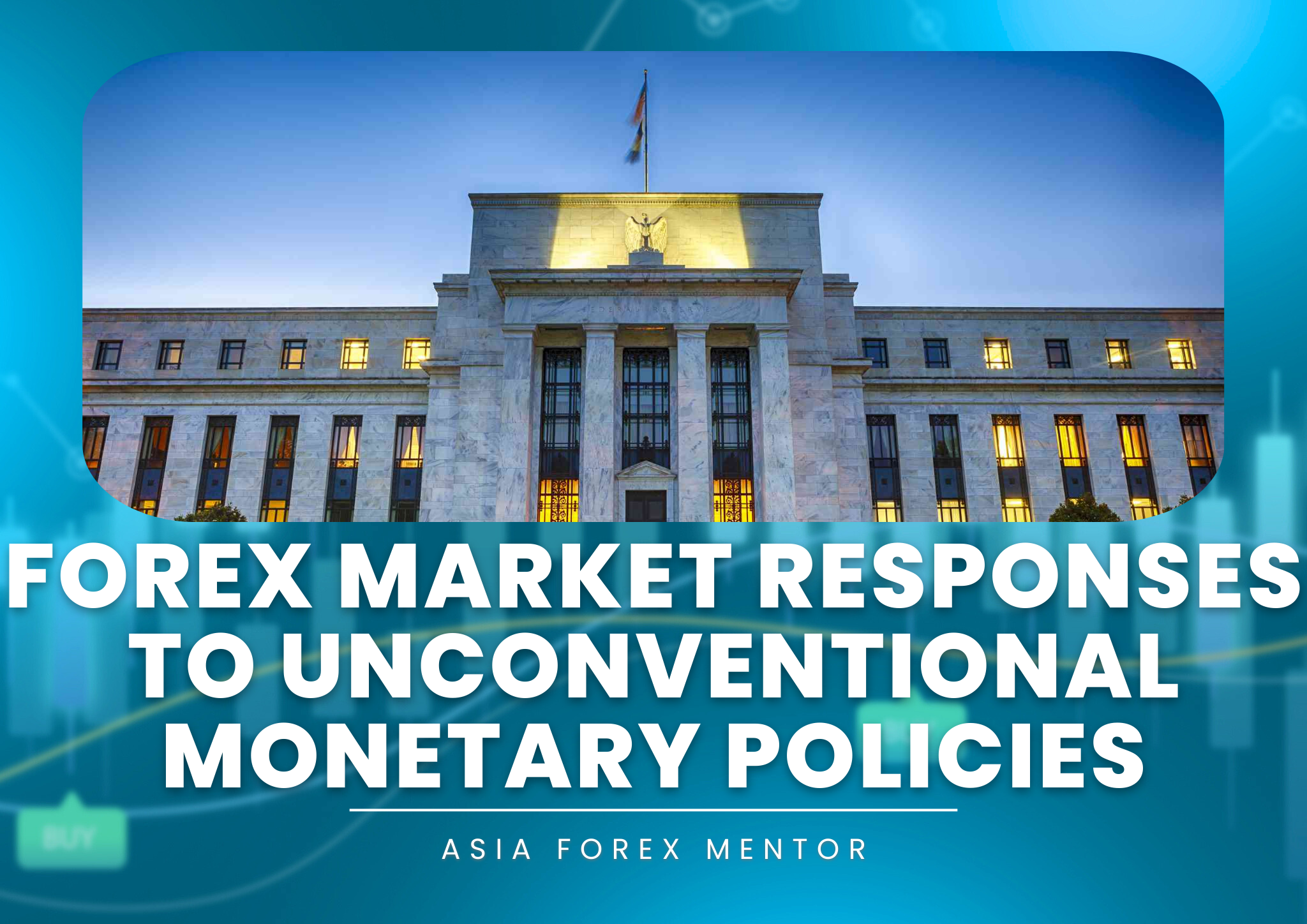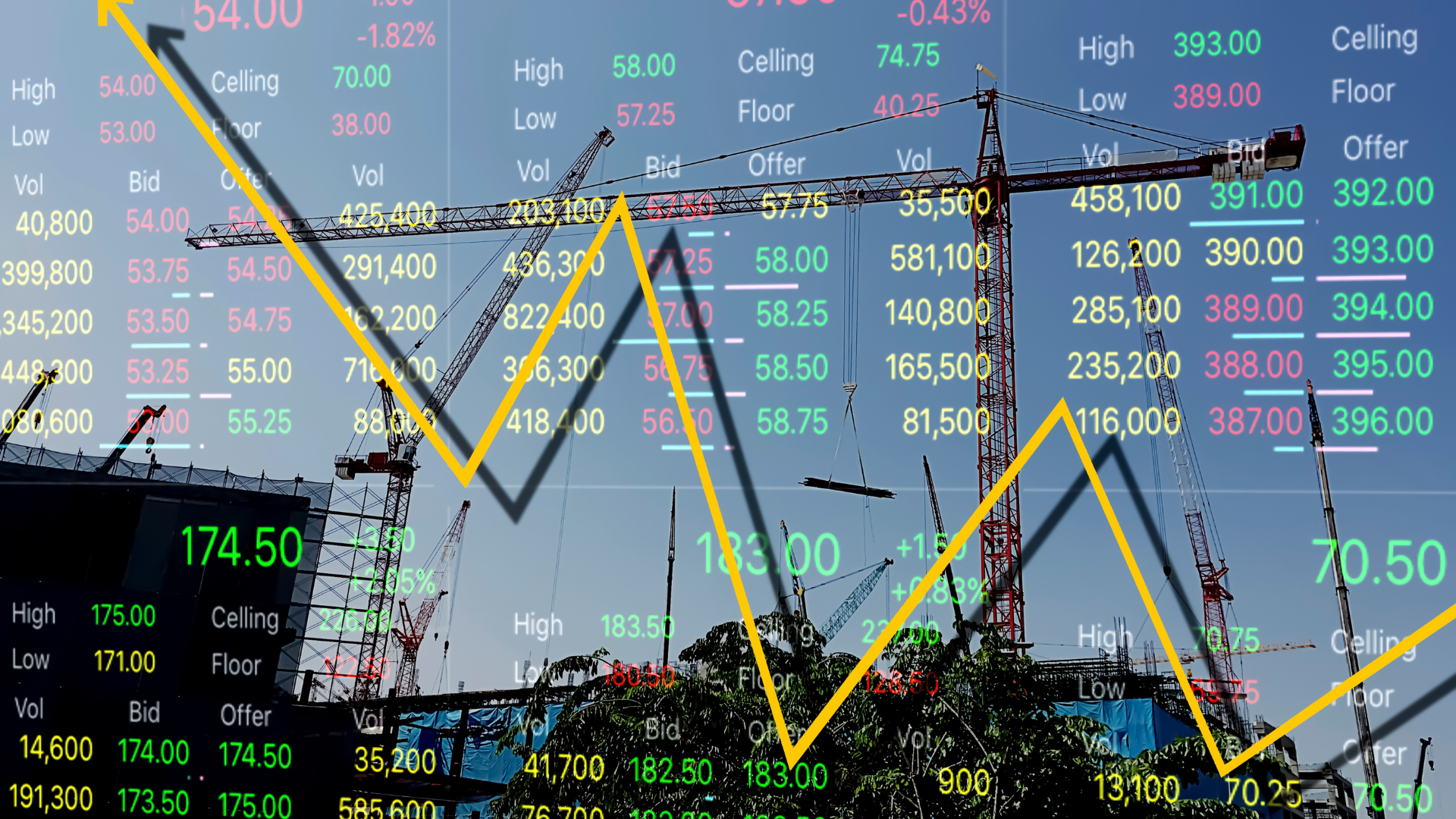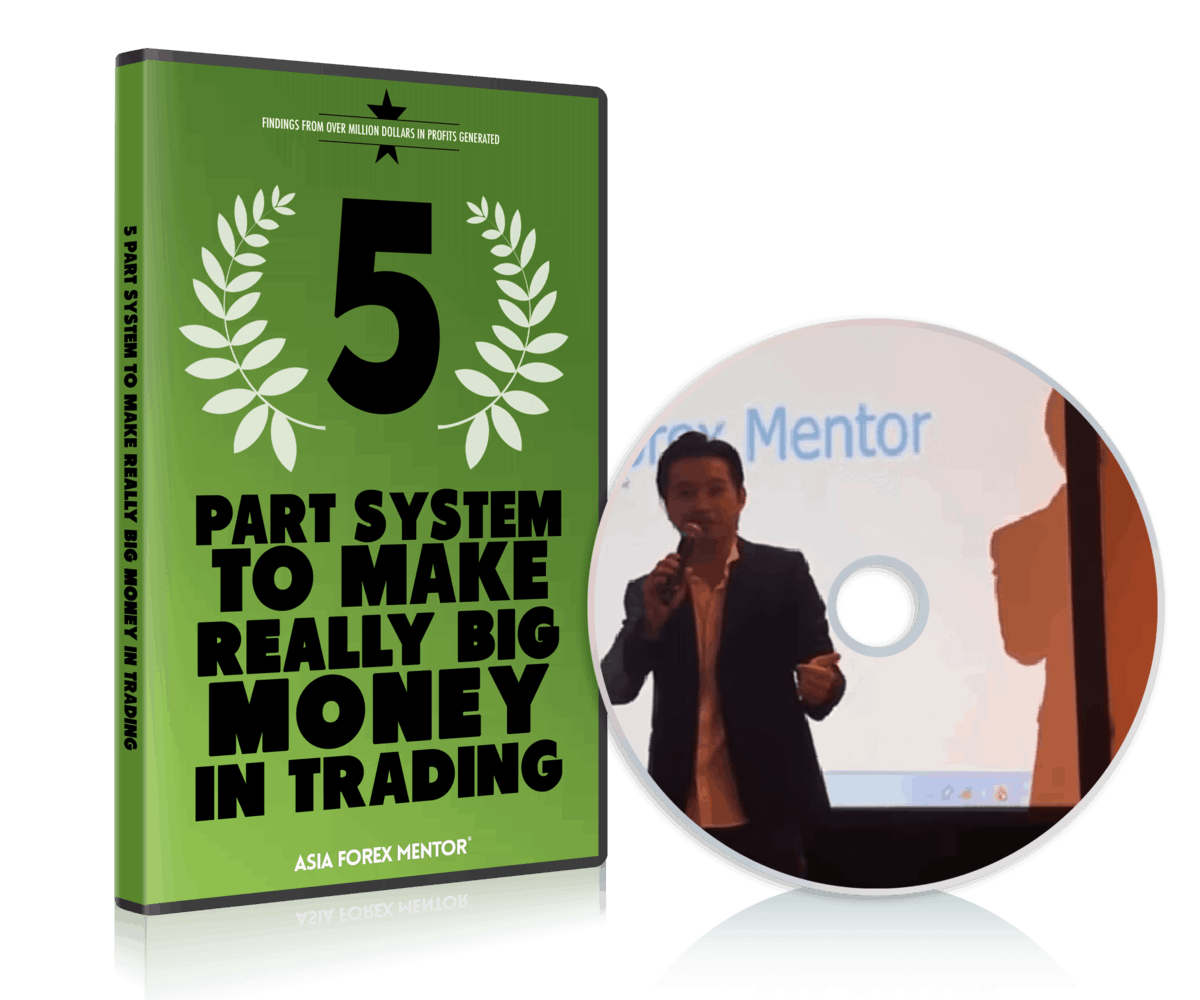Monetary policymakers in the United States are often regarded as either hawkish or dovish. The words allude to contrasting perspectives on how monetary policy should affect the economy.
Hawks are concerned about reducing inflation. They tend to increase interest rates to limit the money supply. Doves, on the other hand, often want to decrease interest rates. They want a rise in the money supply, greater economic development, and more jobs in particular.
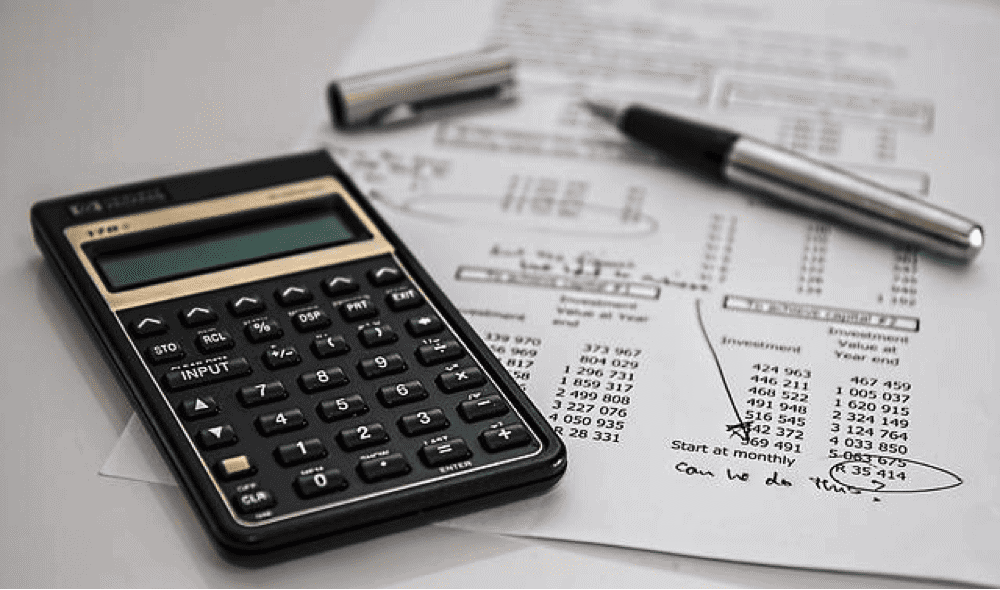
Also Read: What Is Demand Pull Inflation
Contents
- What is Hawkish and Dovish?
- How is Monetary Policy Determined?
- Hawkish vs Dovish Monetary Policy: Which is Better for Economic Growth?
- What is the Federal Open Market Committee?
- How do Interest Rates Become Established?
- Conclusion
- FAQs
What is Hawkish and Dovish?
Although the term “hawk” is sometimes used as an insult, high interest rates may have economic benefits. While they reduce the likelihood that individuals will borrow money, they increase the likelihood that they will save money.
If the economic indicators of an economy are favorable, people can enjoy more lending by their banks at the behest of higher interest rates. High interest rates mitigate risk, making it possible for banks to accept applicants with imperfect credit histories.
Moreover, if a nation raises its interest rates but its trade partners do not, the price of imported products may decline. Utilizing a basic purchasing power parity connection, higher interest rates have a deflating effect.
If the U.S. relative inflation rate is declining compared to that of a trading partner, the exchange rate should be adjusted to maintain price parity with the dollar gaining relative to the trade partner. When the dollar rises, the price of products compared to the trade partner decreases for U.S. buyers.
The antithesis of a hawk is a dove, or an economic policy adviser who favors low-interest rate monetary policies. In general, doves think that lower interest rates will boost the economy and lead to a rise in available jobs.
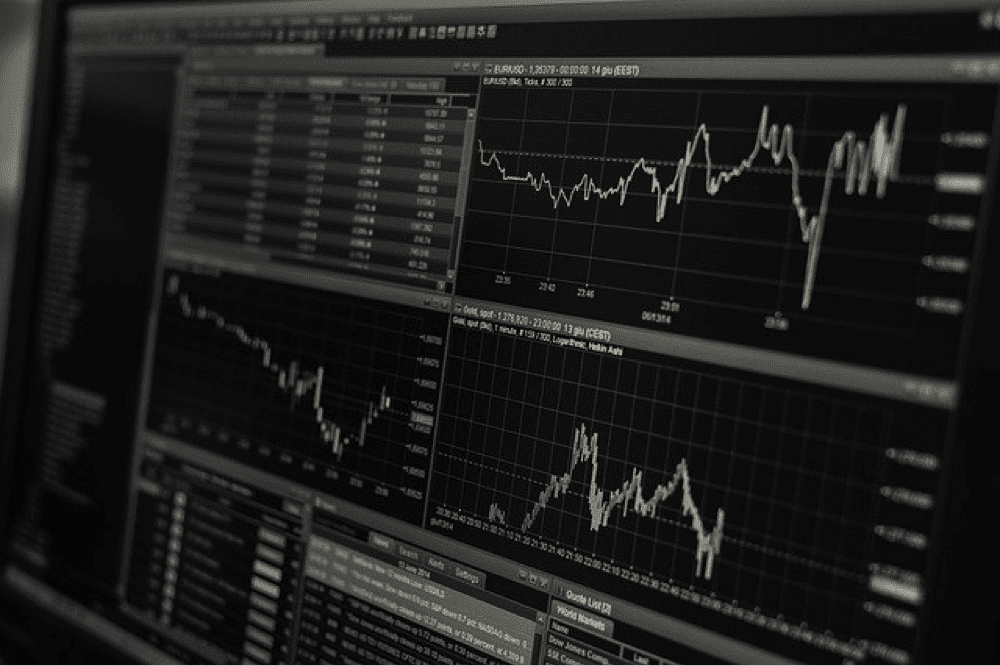
How is Monetary Policy Determined?
At the heart of the divide between doves and hawks is the twin missions of the central bank: price stability and maximum employment. Pursuing both objectives requires a delicate balancing act between keeping inflation under control by increasing interest rates to stabilize prices and lowering interest rates to maximize employment.
Focusing mostly on the former is hawkish, whereas focusing primarily on the latter is dovish. The two words are often used to identify members of the Federal Reserve System’s board of governors, particularly the twelve individuals who make up the FOMC.
The FOMC is the primary body charged with determining monetary policy. The Fed’s officials are often a mixture of hawkish and dovish individuals.
An example of a dovish official is Neel Kashkari, president of the Minneapolis Federal Reserve branch. An example of a more hawkish official would be Robert Kaplan, president of the Dallas Fed.
In the aftermath of the 2008 financial crisis, the government’s monetary policy was very dovish, with interest rates at zero for many years. Around 2015, policymakers were considerably more hawkish and started raising interest rates.
This was done in part to provide themselves room to reduce them in the case of another economic collapse. Recently, the economic effect of the coronavirus pandemic has prompted a reversion to a dovish monetary policy stance.
The goal of a dovish policy or policymaker is to stimulate economic development rather than to inhibit it. This is accomplished by a monetary policy that tends to expand the money supply rather than limit it.
This objective is mostly achieved by dovish policymakers through decreasing interest rates. When interest rates are low, borrowing money to buy goods and services is less expensive for customers.
This tends to raise demand, encouraging firms to spend on recruiting more staff and increasing production facilities. It is also less expensive for enterprises to take out loans to finance their growth when interest rates are reduced.
A primary result of a rising economy is a rise in employment and a decline in unemployment. Nonetheless, a developing economy tends to result in increased prices and earnings.
This may result in an inflationary spiral, which, if prices are growing faster than salaries, might decrease demand rather than increase it. Inflation is especially difficult for those on fixed incomes.
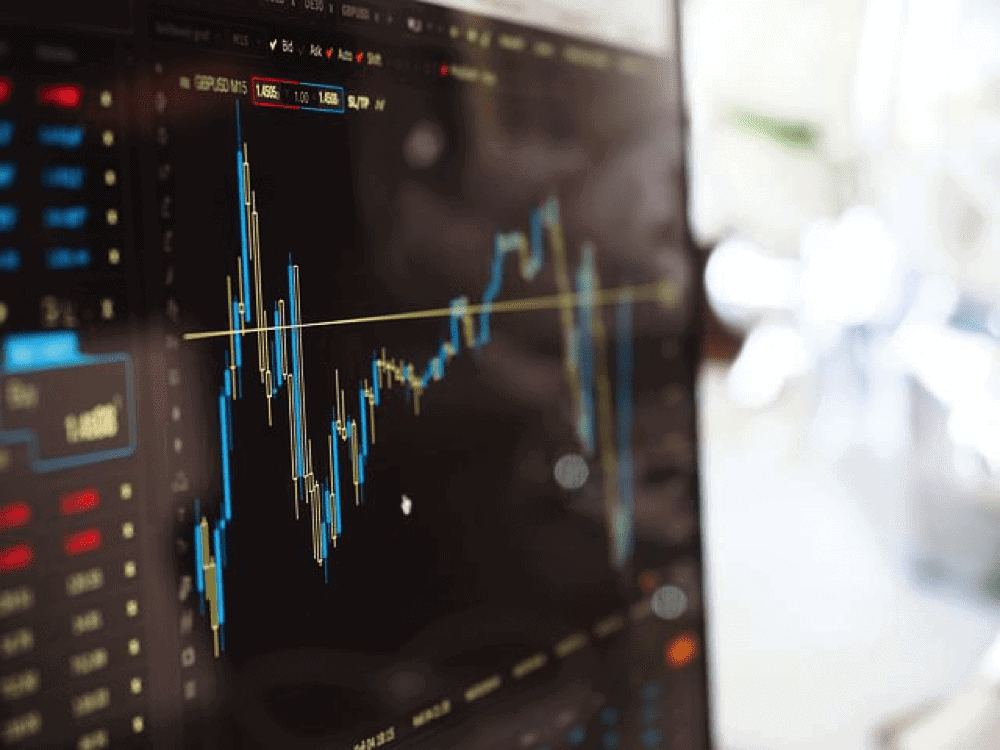
Hawkish vs Dovish Monetary Policy: Which is Better for Economic Growth?
Hawkish policies and politicians are often preoccupied with the threat of inflation. They attempt to contain growing prices and wages by raising interest rates, lowering the supply of funds, and restricting economic development.
When interest rates increase, borrowing becomes more costly, and individuals and companies are less likely to get loans for purchases and investments. Consumption restraint helps maintain a lid on price rises, while corporate hiring restraint does the same for pay growth.
Businesses tend to expand less fast or not at all while hawks are in charge, which might be difficult for those seeking employment. However, people with fixed incomes gain from hawkish measures since the purchasing power of their dollars does not diminish, as it would in an inflationary environment.
In reaction to economic cycles, government monetary officials tend to shift between hawkish and dovish positions. For example, when the economy looks to be entering a recession, monetary policy is likely to favor lower interest rates, a looser money supply, and more spending and hiring, a dovish reaction.
However, if, however, the economy has been growing for a while and inflation is beginning to rise, hawkish tendencies are likely to become more apparent. This tendency will seek high interest rates and a tighter supply of funds in an effort to slow the growth of costs and wages.
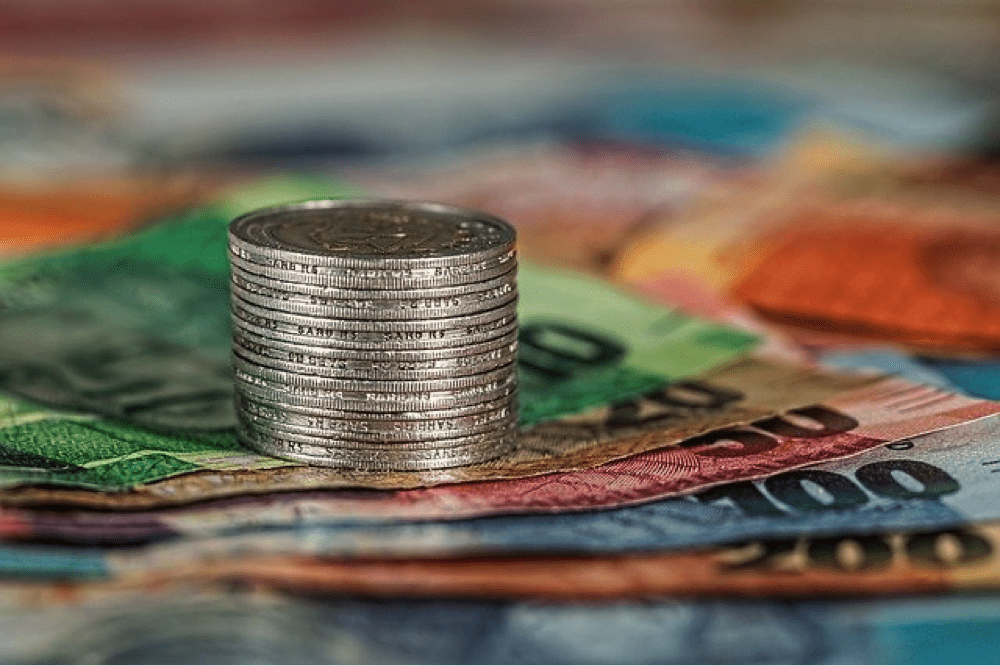
What is the Federal Open Market Committee?
The Federal Open Market Committee is an organization within the Federal Reserve System. The FOMC decides the course of monetary policy by directing open market operations.
The group consists of seven members of the Board of Governors and five presidents of Federal Reserve Banks. A vote to alter policy would result in the purchase or sale of U.S. government assets on the open market in order to stimulate economic development.
Members of a committee are often classified as hawks who advocate stricter monetary policies, doves who favor stimulus programs, or centrists or moderates who fall somewhere in the middle.
The Fed is equipped with the means to expand or reduce the supply of money. This is accomplished by OMOs, adjustments to the discount rate, and the establishment of bank reserve requirements.
The Board of Governors of the Federal Reserve is responsible for establishing the discount rate and reserve requirements. The FOMC is responsible for OMOs, which include the purchase and sale of government assets.
For instance, to reduce the supply and the quantity of accessible funds in the banking system, the Fed might sell government assets. The FOMC purchases securities, which are then put in the System Open Market Account or SOMA.
This comprises local and international portfolios. The domestic portfolio consists of U.S. Treasuries and federal agency assets, while the overseas portfolio is comprised of euro and yen-denominated investments.
As authorized by the Federal Reserve Act of 1913 and the Monetary Control Act of 1980, the FOMC may keep these assets until maturity or sell them at its discretion. Each of the 12 regional Federal Reserve Banks holds a portion of the Fed’s SOMA assets.
Nevertheless, the Federal Reserve Bank of New York conducts all open market transactions for the Fed. The outcomes of the meeting are reported to the SOMA manager.
The manager sends them to the trading desk at the Federal Reserve Bank of New York, which subsequently executes open market transactions of government securities until the FOMC mandate is satisfied.
The federal funds rate, or the rate at which depository institutions lend their accounts at the Fed to each other overnight, is determined by the interplay of all of the Fed’s policy instruments.
In turn, the federal funds rate impacts other short-term rates directly and long-term interest rates, foreign exchange rates, the supply and demand for credit and investment, employment, and economic output indirectly.
How do Interest Rates Become Established?
Officials from the FOMC meet a set number of times each year to determine interest rates. Those who advocate high interest rates are known as “hawks,” while those who favor low interest rates are known as “doves.”
High interest rates reduce the appeal of borrowing. Consequently, customers are less inclined to make substantial purchases or get financing.
The lack of spending leads to a decrease in consumer requirements, which helps to maintain price stability and avoid inflation. In contrast, low interest rates encourage people to get loans for automobiles, homes, and other items.
Consumers increase their spending, resulting in inflation. The Reserve is responsible for achieving a balance between economic growth and inflation through adjusting interest rates.
Conclusion
A hawk promotes substantially high interest rates if they are required to contain inflation.
In simpler terms, hawkish officials will promote policies that can contain inflation, even at the expense of economic growth.
Hawkish policymakers emphasize inflation control as the fundamental objective of monetary policy.
Dovish policies are more focused on economic expansion and employment development.
Both hawkish and dovish officials utilize interest rates to accomplish their policy objectives.
In general, hawks advocate for high interest rates, which restrict inflation.
Doves favor lower rates, which encourage consumers to purchase goods and services and companies to invest in hiring and output.
FAQs
Are these the only financial terms with animal origins?
This is hardly the only situation when animals are employed as descriptors in economics.
Stock markets are often referred to as bull or bear markets with the former referring to a market with increasing prices and the latter to one with declining prices.
What are some other uses of the term hawk?
The word hawk is employed in a number of settings to describe attitudes of individuals.
In each instance, the term alludes to a person who is attentively concentrating on a specific facet of a bigger goal or effort.
A budget hawk, for instance, considers the federal budget to be of the highest importance, much as a general hawk or inflation hawks is concerned with interest rates.
Are hawks and doves the only two types of officials?
Hawks and doves aren’t the only two types of policymakers policymakers.
Centrists are officials who take a moderate stance, neither exceptionally hawkish nor dovish.
Moreover, depending on the circumstances, hawks may adopt dovish attitudes and vice versa.
Can a hawkish official turn into a dovish one?
Yes, as shown by the recent past of U.S. Federal Reserve leadership.
For example, Alan Greenspan, who chaired the Federal Reserve from 1987 to 2006, was seen as a relative hawk, but he shifted to a relative dove over time.
Another example is Ben Bernanke, who held the position from 2006 to 2014, had both hawkish and dovish inclinations.


